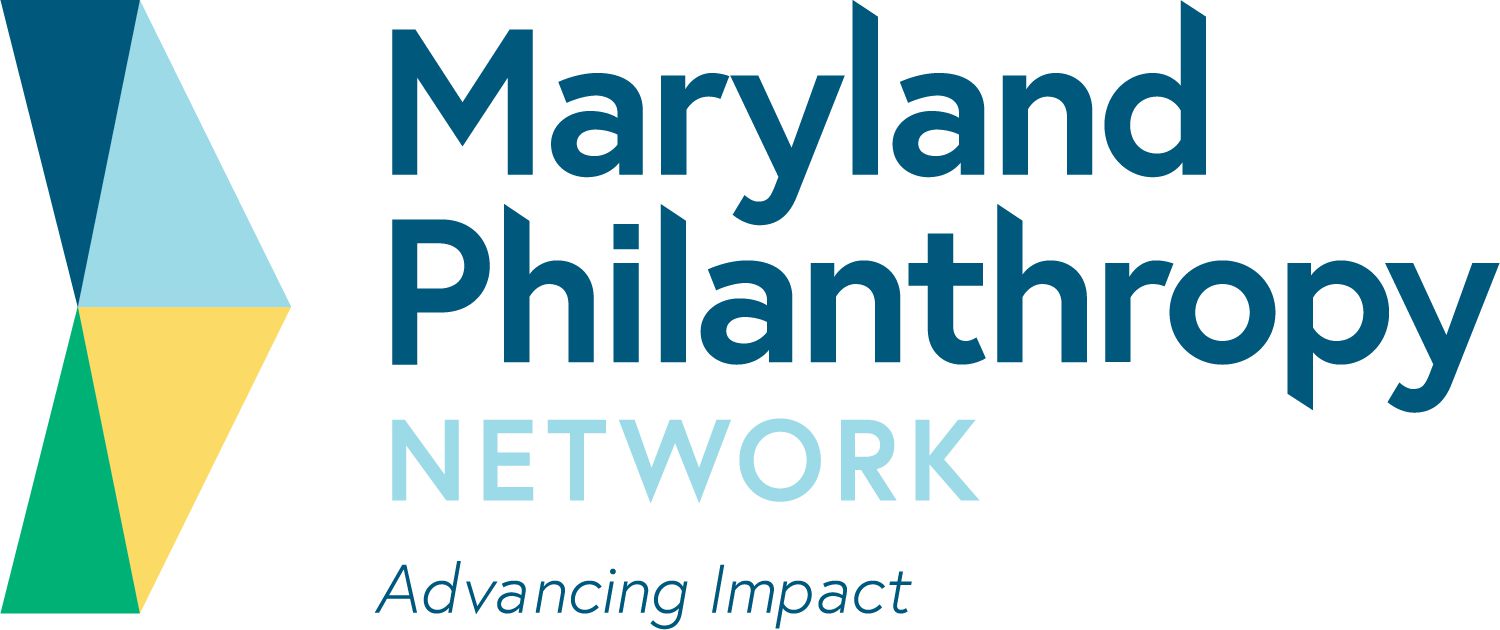We all benefit when local economies offer equitable, stable jobs. Two new tools are being piloted in Baltimore to enhance the ability of companies and their employees to prosper.
Please join Maryland Philanthropy Network’s Aging Innovations and Health Funders Affinity Groups a conversation about the development and implementation of local programs that align with the national strategy announced at the White House Conference on Hunger, Nutrition, and Health. We will learn about the healthcare infrastructure Maryland is developing that includes dietary screening, diagnosis and billing codes, and staff protocols for prescribing diet interventions.
In the past year, 16 states and tribes have revised their foster care licensing requirements to improve support for kinship caregivers and the children placed with them.
The Community Foundation of Anne Arundel County (CFAAC) today announced that Mary Spencer will retire as President & CEO at the end of 2025.
RESOURCE FOR MEMBERS ONLY
View materials from "Update on Consortium of Coordinated Community Supports in Baltimore City".
FIND MORE BY:
RESOURCE FOR MEMBERS ONLY
View materials from "Community Engagement Matters: A Workshop with Paul Schmitz"
In the last week of July 2010, torrential rains caused devastating floods in large parts of Pakistan. The floods have affected more than 20 million people (more than 10 per cent of the total population). Devastating communities throughout the country, in an area of at least 160,000 square kilometres — larger than England — the floods killed more than 1,700 people, and damaged or destroyed nearly 1.9 million homes.*
Please let us know how you are engaged in relief efforts....
FIND MORE BY:
RESOURCE FOR MEMBERS ONLY
View materials from "Innovative Aging from Vermont to Maryland: The SASH Program"
FIND MORE BY:
RESOURCE FOR MEMBERS ONLY
View program materials from "A Conversation with Dr. Sonja Santelises, CEO of Baltimore City Schools 2019"
FIND MORE BY:
Introduction
This is the second session of a 6-part webinar series on Demystifying Trust-Based Philanthropy focused on addressing common questions, clarifying misconceptions, and exploring ways to overcome obstacles in implementing trust-based philanthropy. In this session, we’ll unpack the difference between unrestricted funding that is deployed in a trust-based way, and what it looks like when it’s not. We’ll also share case studies from funders who have shifted from project-specific to majority unrestricted funding, as well as those who have embedded trust-based values within semi-restricted grants. Participants can expect to gain greater clarity on the philosophy behind unrestricted funding in a trust-based context, and strategies for aligning trust-based values with the way grants are structured and deployed.
Maryland Philanthropy Network is pleased to be a partner with the Trust-Based Philanthropy Project for this multi-part series that will explore the relationship between the two approaches, to understand why a racial equity lens is needed (the issue), what a racial equity lens is in a trust-based approach (the answer), and how to operationalize it (the implementation). This series will include comprehensive data-informed content, rich discussion and insights from sector thought leaders, as well as an opportunity to connect with a cohort of peers actively working to understand and operationalize these concepts within their grantmaking organizations.
RESOURCE FOR MEMBERS ONLY
View program resources from Demystifying Trust-Based Philanthropy Session #1: Does Trust-Based Mean Unconditional Trust?
FIND MORE BY:
RESOURCE FOR MEMBERS ONLY
FIND MORE BY:
RESOURCE FOR MEMBERS ONLY
View materials from Get to Know Your FAMLI.
FIND MORE BY:
RESOURCE FOR MEMBERS ONLY
FIND MORE BY:
RESOURCE FOR MEMBERS ONLY
View materials from "Maryland Philanthropy Network Exchange (01-22-2021)".
FIND MORE BY:
RESOURCE FOR MEMBERS ONLY
Program resources from "Diversifying the Environmental Movement through Preservation of Green Space"
FIND MORE BY:
Over 2 million people have been affected and over 200,000 people died as a result of the January 2010 earthquake in Haiti. 188,383 houses have been damaged or destroyed. Over 1.5 million displaced people living in 1,241 settlement sites. There are 4,758 schools that have been damaged or destroyed.*
The scale of destruction and need has resulted in quick and significant contributions pouring in to support relief efforts. The overwhelming success of the Text Haiti Campaign by the American Red Cross, which encourages people to donate $10 by texting "HAITI" through their cell phone,...
FIND MORE BY:

